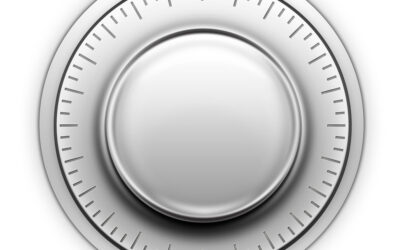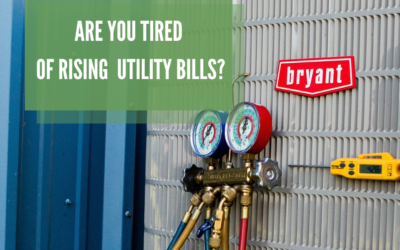The influence of a ceiling fan is nothing to sneeze at. As the wind-chill effect helps moisture evaporate from your skin and you feel cooler, you can set your thermostat about 4 degrees higher than usual, and with no noticeable difference in comfort, says the U.S. Department of Energy.
As the days start to cool off, on those days when you’re debating whether to turn on the air conditioner at all, a ceiling fan might provide all the cooling comfort you need.
In both cases, this is where the energy savings can really begin to add up. If you have a programmable thermostat, you’ve already “gotten the memo” on what Charlie’s calls “thermostat math”: by turning up your thermostat by 10 to 15 degrees for eight hours, you can save between 5 and 15 percent on your energy bill, the department of energy says. (http://energy.gov/energysaver/articles/thermostats)
This translates to about 1 percent for each degree you turn up your thermostat when your ceiling fan is spinning away. And this is the kind of math that is truly “cool’ to compute.
Let Charlie’s help you chill out with ceiling fans
There’s more to choosing a ceiling fan than choosing a color and compatible style; just like your central air conditioner, ceiling fans must be sized correctly, too.
A tape measure will come in handy: Ceiling fans work best in rooms with ceilings that are at least 8 feet high. And there should be a distance of at least 8 inches between the ceiling and the blades; between 10 and 12 inches is ideal to ensure proper air flow. (https://www.energystar.gov/index.cfm?c=ceiling_fans.pr_ceiling_fans_usage)
In addition, fans that are 36 or 44 inches in diameter are designed for rooms up to 225 square feet – or 15-by-15 feet – while fans that are 52 inches or larger are designed for bigger rooms. It pays to consider the aesthetics of a room, too, and not go strictly by the numbers. For example, a large fan might seem mathematically suited to an expansive room – unless the room is dwarfed by dormer windows or a dropped ceiling.
Ceiling fans are often a natural choice for kitchens and family rooms, where your family probably generates many types of heat. Ceiling fans also can cool you down in stuffy upstairs bedrooms, where heat naturally rises.
Charlie’s Tropic Heating & Air Conditioning can help you choose and install an Energy Star ceiling fan, which will generally move about 20 percent more air than other models. It’s a choice that will compound your energy savings – and possibly inspire a Humphrey Bogart-like double-take from everybody in the room.




In the Florida “winter” should ceiling fans blow air downward or upward? I know I’m supposed to flip the direction but I can’t remember…clockwise or counterclockwise?
Hi Shannon!
Great question! For rooms that have ceilings at 8′ leave the ceiling fan on the clockwise position which will push the air down.
Most of the time if I am running the air conditioning system I will run the ceiling fan but, in the winter when the heat is running I turn off the fan because of the wind chill you will get.
Now if you have a ceiling fan in a vaulted area where heat will accumulate I would run the fan counter-clockwise to pull the cool air off the floor and up into the trapped heat on the ceiling. But in the winter I would switch back to clockwise to pull that heat off of the ceiling and down to the floor.
You would have to adjust the speed depending on how you feel under the fan.
nice information
This came at the perfect time for my family! We have been planning to get new fans throughout the house. I love all of the styles you have in this posting. Thanks so much for all of the tips!